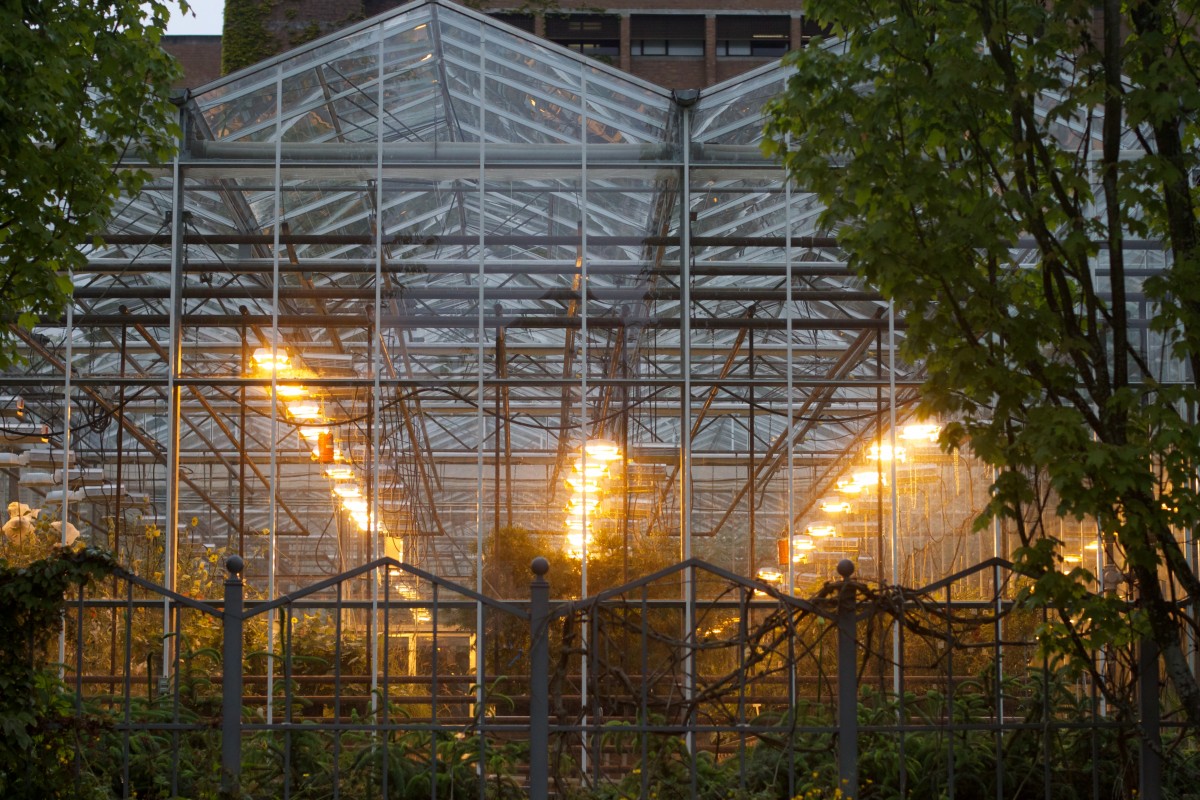Do you know when to use a growing light in a greenhouse? First off, plants require light to stimulate photosynthesis; this allows them to produce energy and food for themselves.
To provide a source of light, greenhouse enthusiasts sometimes use an artificial source. These devices are known as growing lights, and they vary widely across the globe. However, these lights require the proper evaluation of different factors and considerations before the installation.

It’s better to use natural sunlight, but when to use a growing light in a greenhouse? In this article, we will expound on when you should use a growing light in a greenhouse. All of the conditions suggested should be taken into account to maximize the utility of your growing lights.
Types Of Growing Lights
Although they all have the same function, to supplement sunlight or directly replace sunlight, especially in urban farming, these growing lights are subdivided into three major types. Before you should know when to use a growing light in a greenhouse, let’s talk about the types.
Fluorescent growing lights
These growing lights either come in tubes or CFLs or Compact Fluorescent Lights. These lightbulbs are useful in providing luminance for vegetables and herbs indoors. The efficiency of light distribution depends on the distance of the fluorescent bulbs to the plants.
HPS lights
HPS or high-pressure sodium lights are for the experts. These are heat-emitting, yellow bulbs that have been used for more than 75 years already. They exist in the market, but setting it up is complicated, and it’s not efficient when it comes to providing a reliable, stable light source.
LED lights
Light-emitting diode (LED) lights are the most common. They are more light-efficient and energy-efficient compared to its two counterparts. These bulbs produce low to zero heat and are great at directing light waves. However, these could be more expensive than CFLs, and its efficiency is only maximized at a small spectrum.
Growing Light For Your Greenhouse
Now that you know the different types of growing lights, you should also note the perfect time to use them. This portion of the blog will explain the conditions and tips that you should monitor and follow before using these greenhouse lights.
Environment
Sunlight could be inconsistent due to the fast-changing weather and unpredictable climate. This inconsistency could heavily affect your plants’ growth inside your greenhouse as they need a sufficient amount of light to produce their food.
Growing lights are efficient when sunlight is inconsistent or unavailable, especially in the Northern areas during long and dark winter days. Despite the unavailability of sunlight, these artificial devices could stimulate your florae’s growth and provide the right amount of photons that they need.
Indoor greenhouse
Some greenhouse enthusiasts want to keep their greenhouses indoors. Hence, they use growing lights to supply their plants with light.
Use a growing light system when your greenhouse is placed indoors or in an area where adequate sunlight cannot seep through. This would continue the development of plants and would make your greenhouse keeping more efficient.
Equipment
You cannot use something unless you know how to use it. After evaluating the stated factors above, you should note the needs of your plants inside your greenhouse before using these growing lights.
Light consists of the different colors of the rainbow, displaying it on a broad spectrum. Plants use the red and blue sides of the spectrum to stimulate their growth. It is not enough for you to buy a plain lightbulb to mitigate and imitate sunlight to develop your plants.
It is highly recommended that you use blue and red light bulbs as they are more efficient than ordinary white or yellow ones.
Since growing lights are artificial, it is also a must for you to keep track of the time your plants are exposed to them. Generally, most flowers and vegetables require exposure to light for at least 12 to 16 hours per day. Any more than that could disrupt the plants’ cycle as they need darkness to respire.
This equipment should also be set up correctly to allow the proper distribution of light across the greenhouse. If the plants receive inadequate photons, this would stunt their growth and positively affect their development.
Lastly, use greenhouse lights that don’t produce a lot of heat. Scientific evidence shows that heat and high temperatures could affect the vitamins and nutritional content within your plants. It would help if you used lights such as LEDs as they produce zero to near-zero heat when turned on.
How To Use A Growing Light?
Knowing the conditions on when to use a growing light in a greenhouse is key for the development of your plants. Now, we will discuss tips and processes on how to use a growing light.
#1 Use a light timer
Depending on your plant’s needs, your greenhouse won’t need light 24/7. It is recommended for you to use a light timer to control your lighting system’s on-and-off cycle.
#2 Position the lights properly
As a general rule, growing lights with less high-intensity light discharge should be one to three feet away from your plants. Meanwhile, lights with higher luminance should be placed four to six feet away. Make sure to check and adjust the lighting depending on the needs of your florae.
Also, always remember to place the lights in a position where the lighting is evenly distributed. This means that if your greenhouse is bigger, equip yourself with a bulb with a larger wattage and a more extensive scope of illumination to adhere to your plants’ needs.
Final Words
In this modern and changing world, sometimes we should rely on artificial and human-made equipment. Through this article, you will now know when to use a growing light in a greenhouse.
If you do things properly and always abide by your plants’ needs, your gardening career will foster and develop as time goes by.
